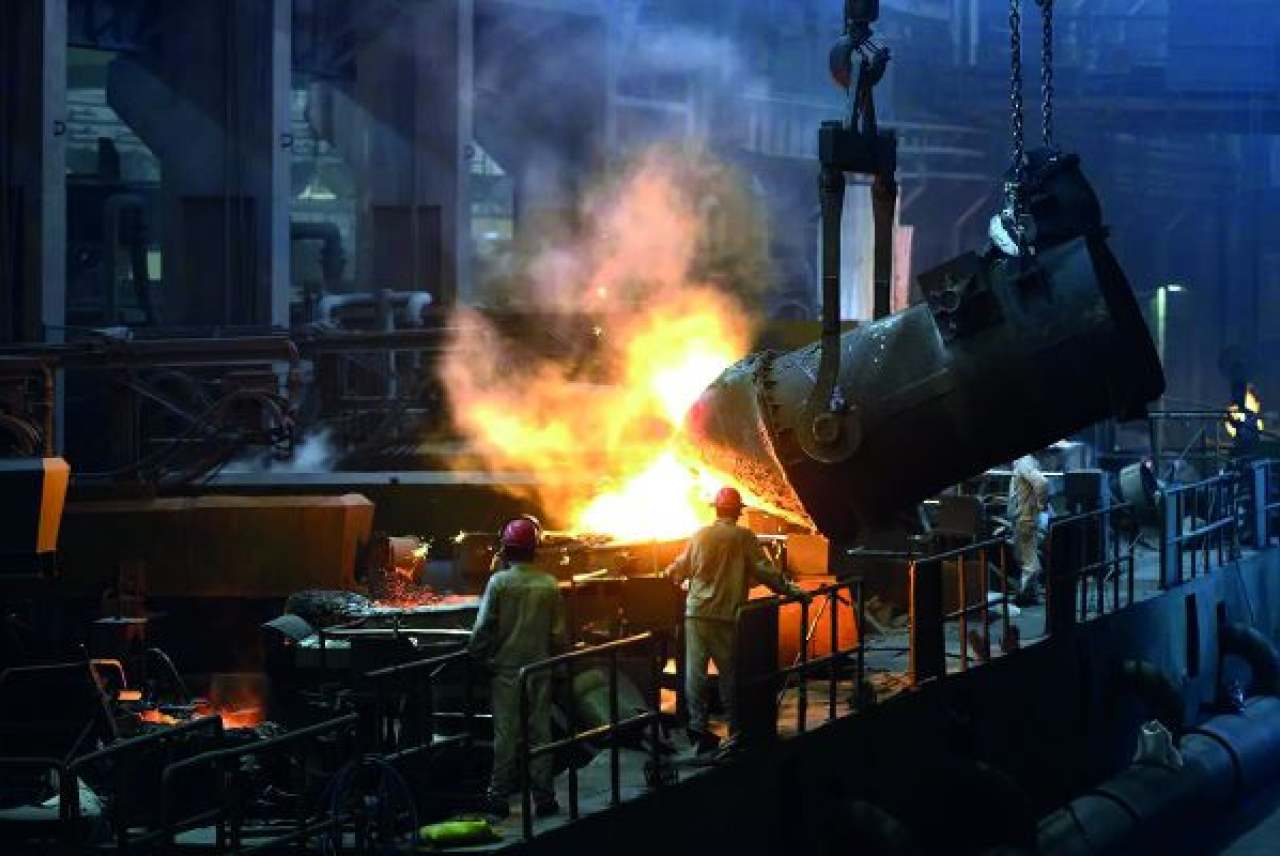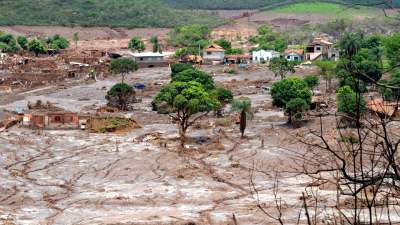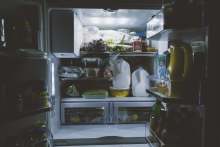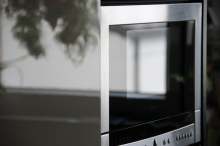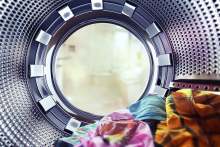Steel has come to play a vital role in industrial societies and, as such, is produced at an incredible magnitude. In 2019, world crude steel production reached nearly 1.9 billion tonnes, up from 0.9 billion tonnes at the start of the millennium.
China produced 1 billion tonnes of crude steel in 2019, accounting for just over half (53%) of the global total. Next in line is India, which produced 6%, followed by Japan at just over 5%. The UK meanwhile, produced over 7 million tonnes, accounting for 0.4%.
It is an essential component of domestic appliances, but only 2% of the total steel produced is used for this purpose. The vast majority (52%) is used for building and infrastructure.
The carbon impact of steel
Steel has a heavy carbon footprint, primarily due to its energy-intensive and coal-reliant production process. For the most common method of steel production, blast furnaces are heated to temperatures around 1,300 degrees Celsius, requiring huge amounts of energy. Carbon is also needed, which comes in the form of coke (a form of coal), which is added to iron in order to increase its strength and hardiness.
According to scientist Mike Berners-Lee, global steel production produces 2.9 billion tonnes CO2e, accounting for up to 8% of the world’s CO2 emissions. It is therefore essential that changes are made to the industry in order to reduce its carbon impact. There are already ways of doing this, notably replacing coal with hydrogen in the manufacturing process, and increasing the use of recycled steel – the latter not only reduces carbon emissions but can also reduce iron ore mining. At present, on average, only 25% of steel is recycled globally.
Using figures from Mike Berners-Lee’s book, ‘How bad are bananas?’, we can see that these production methods greatly reduce the carbon impact of each tonne of steel produced.
| Production method | Tonnes of CO2e |
|---|---|
| Virgin steel made in a blast furnace with coal | 2.3 |
| 25% recycled steel | 1.8 |
| Virgin steel using hydrogen instead of coal | 1.1 |
| 100% recycled steel | 0.4 |
Steel and embodied emissions in appliances
Steel accounts for about half of the weight of dishwashers, washing machines and fridge freezers, which weigh in the region of 40-70 kg. You could do a rough calculation of the emissions from the steel in them from this, although it is complicated by the different types of steel. Stainless steel has at least double the greenhouse gas emissions of normal steel.
Total greenhouse emissions from manufacturing appliances are estimated at about 300-400 kg CO2e for fridges, washing machines are similar and dishwashers in the region of 200 kg. However, this needs to be spread over their lifetime – fridges last for about 15 years, washing machines and dishwashers about 12 years. 350 kg spread over 15 years is 23 kg per year.
Everyone agrees that the bulk of the greenhouse gases in the case of all of these appliances is expended during the usage stage. It is hard to find up-to-date figures, but studies from about 10 years ago estimate it at 80%, although given that they are getting more efficient and our electricity grid is decarbonising, it may be less than that now.
Here are some greenhouse gas figures for comparison:
- UK average per person per year, including imported goods: 12 tonnes CO2e
- 1 kg European beef: 39 kg CO2e
- 1 kg bananas: 0.9 kg CO2e
What are home appliance companies doing about steel and carbon?
During our research for fridges & freezers, cookers and vacuum cleaners we found that the environmental and social impacts of steel were hardly discussed publicly by the appliance companies covered in these guides. Granted, they are not producing the steel but, as buyers of it, they have the ability to pressure steel manufacturers and a responsibility to minimise their impacts.
Only two companies were found to discuss the environmental impacts of steel in any depth: Miele and Electrolux. Both companies stated that they were working to increase the amount of recycled steel they used, the latter had also set targets in relation to this issue. It is essential that other companies follow suit.
The impacts of iron ore mining
Steel is primarily composed of iron, which is extracted from iron ore. In 2019, 2.85 billion tonnes of iron ore was produced, about 98% of which is used for steel making. In that year, the top three iron ore producing countries were Australia (930 million tonnes), Brazil (480 million tonnes), and China (350 million tonnes).
Iron ore mining, like most types of mining, has taken its toll on the natural environment. This is especially true in Brazil, where iron ore mines gnaw away at the ever-shrinking Amazon rainforest and a number of serious incidents have caused untold devastation.
